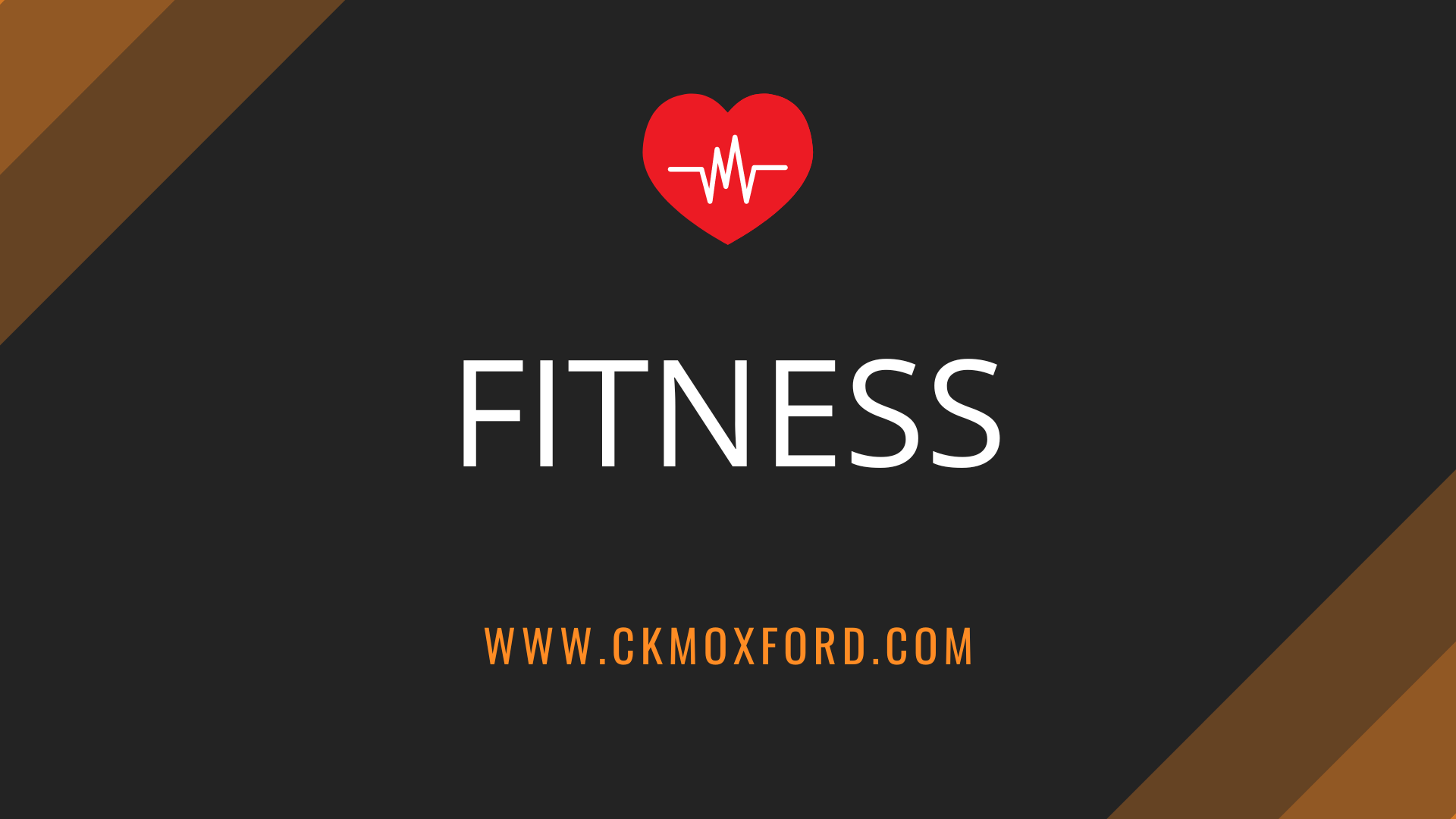WALKING

Walking is simple, free and one of the easiest ways to get more active, lose weight and become healthier.
Sometimes overlooked as a form of exercise, walking briskly can help you build stamina, burn excess calories and make your heart healthier.
You do not have to walk for hours. A brisk 10-minute daily walk has lots of health benefits and counts towards your recommended 150 minutes of weekly exercise.
Before you start
Any shoes or trainers that are comfortable, provide adequate support and do not cause blisters will do.
If you're walking to work, you could wear your usual work clothes with a comfy pair of shoes and change shoes when you get into work.
For long walks, you may want to take some water, healthy snacks, a spare top, sunscreen and a sun hat in a small backpack.
If you start going for longer walks regularly, you may want to invest in a waterproof jacket and some specialist walking shoes for more challenging routes.
How do I know if I'm walking fast enough?
A brisk walk is about 3 miles an hour, which is faster than a stroll.
You can tell you're walking briskly if you can still talk but cannot sing the words to a song.
You could also try using the free Active 10 app on your smartphone.
It tells you when you're walking fast enough and suggests ways to fit in some more brisk walking.
Download the Active 10 app from the App Store
Download the Active 10 app from Google Play
What if I'm not very active?
If you're not very active but are able to walk, increase your walking distance gradually.
If your joints are a problem, check whether your local swimming pool holds exercise classes.
The water helps to support your joints while you move and can help you strengthen your muscles.
Staying motivated
Make it a habit
The easiest way to walk more is to make walking a habit.
Think of ways to include walking in your daily routine.
Examples include:
- walking part of your journey to work
- walking to the shops
- using the stairs instead of the lift
- leaving the car behind for short journeys
- walking the kids to school
- doing a regular walk with a friend
- going for a stroll with family or friends after dinner
If you live in a city, Walkit has an interactive walk planner to help you find the best walking route.
Each suggested route includes your journey time, calorie burn, step count and carbon saving.
Visorando uses a tool that can be used for planning both urban and non-urban walks.
Listen to music
Walking while listening to music or a podcast can take your mind off the effort.
It can also get you into a rhythm and help you walk faster.
You'll be surprised at how fast the time goes when you're walking to your favourite tunes.
Use the Active 10 app
Active 10 allows you to track how much and how fast you have walked.
To keep things interesting, it gives you goals to work towards and rewards your progress.
Download Active 10 from the NHS website
Mix it up
Add variety to your walks. You do not have to travel to the countryside to find a rewarding walk.
Towns and cities offer interesting walks, including parks, heritage trails, canal towpaths, riverside paths, commons, woodlands, heaths and nature reserves.
For inspiring walks, visit Walk Unlimited.
For wheelchair users, visit Walks with Wheelchairs, and for parents with buggies, visit Walks with Buggies.
Join a walking group
Walking in a group is a great way to start walking, make new friends and stay motivated.
Ramblers organises group walks for health, leisure and as a means of getting around for people of all ages, backgrounds and levels of fitness.
Its website has details of many locally organised walks in towns and cities, as well as the countryside.
The UK's 15 national parks run free guided walks for the whole family during the holidays.